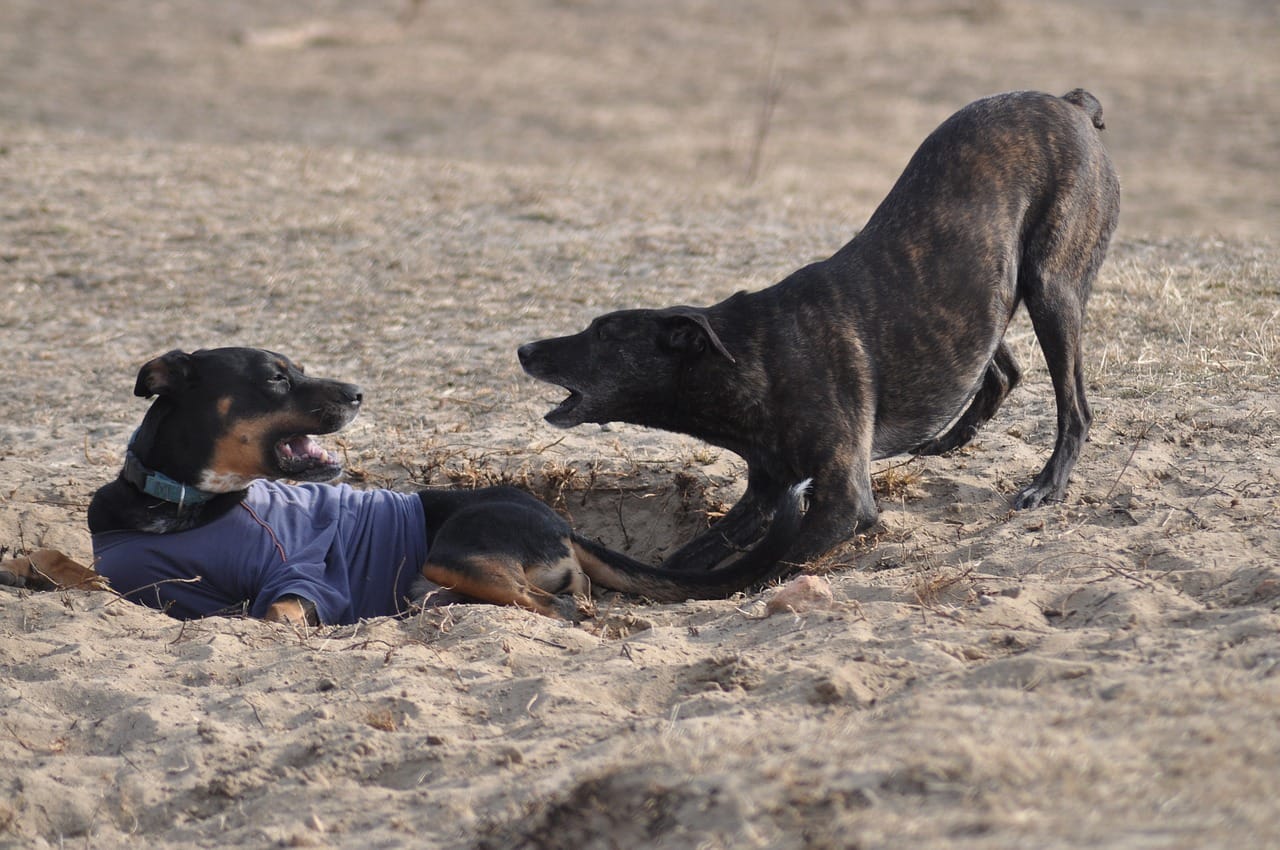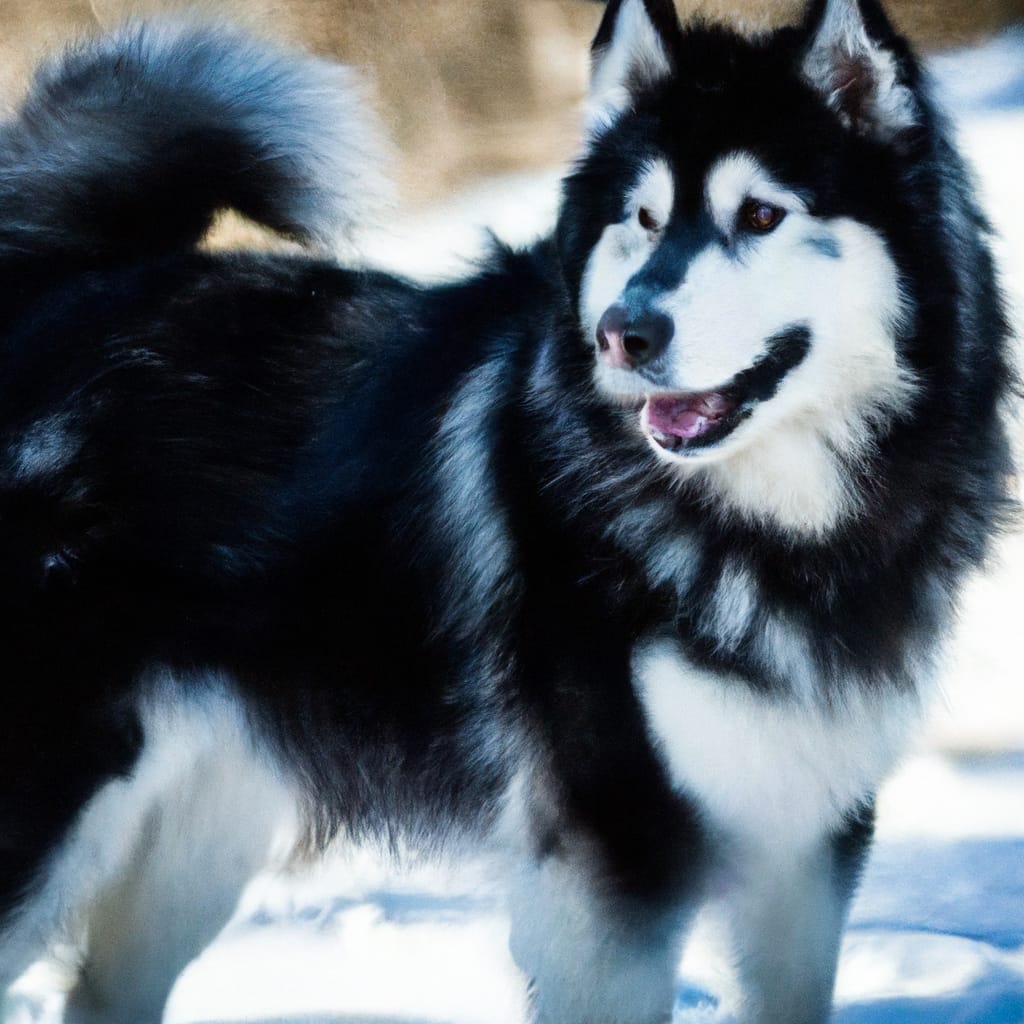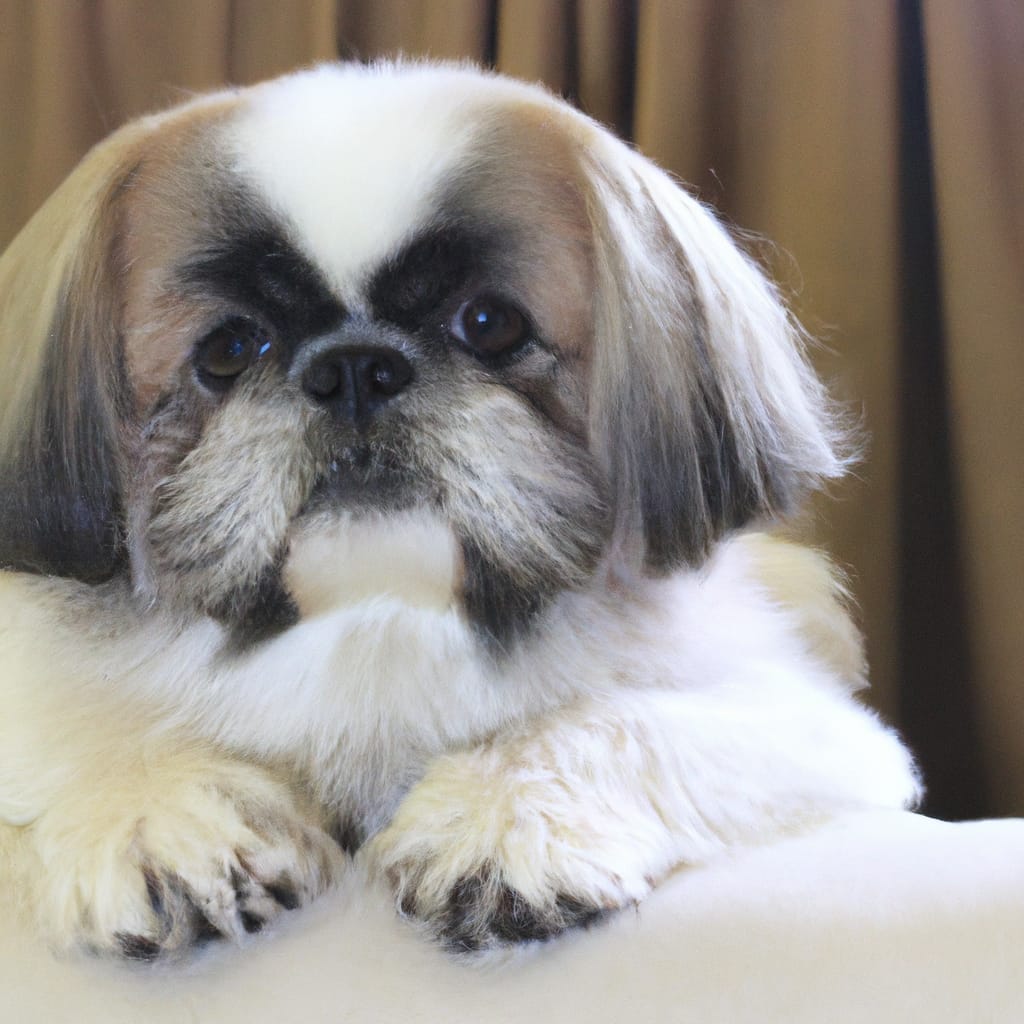Alaskan Klee Kai Vs Husky: Dog Breed Differences?
So you’re in the market for a new furry friend, but you can’t decide between an Alaskan Klee Kai and a Husky. Don’t worry, we’ve got you covered! In this article, we’ll explore the key differences between these two beautiful dog breeds, helping you make the best choice for your lifestyle and preferences. From appearance to temperament and exercise needs, we’ll break it all down so that you can find your perfect four-legged companion. Let’s dive right in and discover the unique qualities that set these breeds apart!

Appearance
Size
Both the Alaskan Klee Kai and the Husky are medium-sized dogs, but the Alaskan Klee Kai is smaller than the Husky. The Alaskan Klee Kai typically weighs between 10-20 pounds, while the Husky can weigh anywhere from 35-60 pounds. In terms of height, the Alaskan Klee Kai usually stands at around 15-17 inches, while the Husky is generally 20-24 inches tall.
Coat
Both breeds have a thick double coat to protect them from the cold, but there are differences in their coat textures. The Alaskan Klee Kai has a plush or wooly coat, which is soft and dense. On the other hand, the Husky has a longer and straighter coat that can be either short or medium in length. Both dogs shed quite a bit, especially during shedding seasons.
Color
Both the Alaskan Klee Kai and the Husky come in a variety of colors. The Alaskan Klee Kai can be seen in colors such as black, gray, white, and red, with various patterns and markings. The Husky, on the other hand, is known for its striking blue or multi-colored eyes and can come in colors such as black, gray, white, and red, often with a combination of these colors.
Facial Features
The Alaskan Klee Kai and the Husky have distinct facial features. The Alaskan Klee Kai has a fox-like face with almond-shaped eyes, a small and pointed muzzle, and erect ears. The Husky, on the other hand, has a more wolf-like appearance with a strong and noble face, almond-shaped eyes, a medium-sized muzzle, and erect ears. Their facial expressions are often alert and intelligent, reflecting their lively personalities.
Temperament
Energy Level
Both the Alaskan Klee Kai and the Husky are energetic breeds that require regular exercise and mental stimulation. However, the Husky is known to have a higher energy level compared to the Alaskan Klee Kai. Huskies have been bred for endurance and can thrive in more active households where they have ample opportunities to burn off their energy.
Trainability
When it comes to trainability, the Alaskan Klee Kai tends to be easier to train than the Husky. Alaskan Klee Kais are intelligent and eager to please, making them highly trainable. They are quick learners and respond well to positive reinforcement techniques. On the other hand, Huskies have a more independent streak and can be stubborn at times, requiring consistent and patient training methods.
Sociability
Both the Alaskan Klee Kai and the Husky are known to be friendly and social dogs. They enjoy spending time with their families and are usually good with strangers, although early socialization is important to ensure they grow up to be well-rounded dogs. However, it is worth noting that the Alaskan Klee Kai might be slightly more reserved with strangers compared to the outgoing Husky.
Prey Drive
Both breeds have a moderate to high prey drive, which means they have a natural instinct to chase smaller animals. It is important to supervise them around small pets and ensure they are properly trained and socialized to avoid any unwanted chasing or hunting behavior. Proper exercise and mental stimulation can help keep their prey drive under control.
Exercise Needs
Activity Level
Both the Alaskan Klee Kai and the Husky have high activity levels and require regular exercise to keep them happy and healthy. Daily walks, play sessions, and mental stimulation activities are essential for these breeds. They thrive in homes with active individuals or families who can provide them with the exercise they need.
Exercise Requirements
Huskies have higher exercise requirements compared to the Alaskan Klee Kai. They have been bred to pull sleds and have a strong endurance. Ideally, Huskies should have access to a large fenced yard where they can run freely. Additionally, activities like hiking, jogging, and participating in dog sports such as agility or obedience can help fulfill their exercise needs. The Alaskan Klee Kai, being a smaller breed, still requires daily exercise but can adapt well to apartment living as long as their exercise needs are met through walks and playtime.
Grooming
Brushing
Both the Alaskan Klee Kai and the Husky have thick double coats that require regular brushing to keep their coat healthy and to minimize shedding. The Alaskan Klee Kai’s plush or wooly coat should be brushed at least once a week to prevent matting and remove loose hair. The Husky’s longer and straighter coat should be brushed more frequently, ideally a few times a week, especially during shedding seasons.
Shedding
Both breeds shed quite heavily, particularly during seasonal shedding periods. While the Alaskan Klee Kai sheds less compared to the Husky, they still require regular brushing to manage their shedding. The Husky has a more significant shedding issue and will shed their undercoat heavily twice a year. During these periods, a slicker brush, along with a deshedding tool, can help remove loose hair and prevent it from spreading throughout your home.

Health
Common Health Issues
Both the Alaskan Klee Kai and the Husky can be prone to certain health issues. Some common health issues in Alaskan Klee Kais include luxating patella, juvenile cataracts, and liver shunts. Huskies are susceptible to issues such as hip dysplasia, eye conditions like cataracts and progressive retinal atrophy, and hypothyroidism. It is important to choose a reputable breeder that conducts health screenings on their breeding dogs to minimize the risk of inheriting these health issues.
Life Expectancy
The average life expectancy for both the Alaskan Klee Kai and the Husky is around 12-15 years. However, with proper care, nutrition, and regular vet check-ups, some dogs of both breeds have been known to live well into their late teens.
Genetic Conditions
Both breeds can be susceptible to certain genetic conditions. The Alaskan Klee Kai may carry the MDR1 gene mutation, which can affect their response to certain medications. Huskies, on the other hand, are more prone to genetic eye conditions such as progressive retinal atrophy and cataracts. Responsible breeders will conduct genetic testing on their dogs to minimize the risk of passing on these genetic conditions to their offspring.
Special Care Needs
While both breeds do not have any specific special care needs, it is important to provide them with a balanced diet, regular exercise, and mental stimulation to keep them healthy and happy. Regular vet check-ups, proper dental care, and early training and socialization are also essential for their overall well-being.
Living Environment
Suitable Home
Both the Alaskan Klee Kai and the Husky can adapt well to different living environments. However, it is important to note that Huskies require a lot of space and do best in a home with a large, securely fenced yard where they can safely run and play. Alaskan Klee Kais, being smaller, can adjust well to apartment living as long as they receive their daily exercise requirements.
Climate Preferences
Both breeds have a thick double coat that keeps them well-insulated, making them well-suited to colder climates. However, they can also adapt to warmer climates with proper care. It is important to provide them with a cool and shaded area, access to fresh water, and avoid intense exercise during the hottest parts of the day.
Living Space Requirements
Huskies require more living space compared to Alaskan Klee Kais. They thrive in homes with large yards where they can explore and play freely. While Alaskan Klee Kais do not require as much space, they still need regular exercise and mental stimulation to prevent boredom and destructive behavior.
Compatibility with Children
Interaction
Both the Alaskan Klee Kai and the Husky can be great companions for children. They are generally friendly and playful, making them suitable for families with kids. However, it is important to supervise interactions between dogs and young children to ensure both parties are behaving appropriately and to prevent any accidental injuries.
Supervision
Though both breeds are known to be good with children, it is always important to supervise their interactions. Both Alaskan Klee Kais and Huskies can have high energy levels and may accidentally knock over small children during play. Teach children how to properly interact with and handle dogs, and ensure they understand the importance of giving dogs space and respect.
Activity Level
Both breeds have an active nature and can match the energy levels of children. They can engage in play sessions and activities, which can create a strong bond between them. Regular exercise and mental stimulation for both the dogs and the children are important to keep them happy and healthy.
Compatibility with Other Pets
Tolerance of Other Animals
The Alaskan Klee Kai and the Husky can generally be tolerant of other animals, especially if they are properly socialized from a young age. Both breeds can coexist with cats and other dogs when introduced gradually and with supervision. Early socialization and proper training can help ensure a harmonious living environment with other animals.
Prey Drive towards Small Pets
Both breeds have a moderate to high prey drive, particularly when it comes to smaller animals such as rabbits, guinea pigs, or smaller pets. It is important to supervise interactions and introduce them slowly to avoid any potential chasing or hunting behaviors. Proper training and socialization from a young age can help reduce prey drive towards small pets.
Barking Tendencies
Vocalization
Both the Alaskan Klee Kai and the Husky are known for their vocal nature. They can be quite expressive and may engage in howling, barking, or “talking.” It is important to note that excessive barking can be a sign of boredom or lack of exercise, so it is essential to provide them with proper mental and physical stimulation to minimize excessive vocalization.
Reasons for Barking
Both breeds can bark for a variety of reasons, such as alerting their owners to potential dangers, expressing their excitement, or communicating their needs. However, excessive or continuous barking can occur if they are bored, anxious, or seeking attention. Addressing the underlying cause of excessive barking and providing appropriate outlets for their energy can help manage their barking tendencies.
Feeding Requirements
Dietary Preferences
Both the Alaskan Klee Kai and the Husky can thrive on a high-quality, balanced diet. It is important to provide them with a diet that meets their nutritional needs based on their age, size, and activity level. Some dogs may have specific dietary restrictions or preferences, so it is best to consult with a vet to determine the most suitable diet for your individual dog.
Portion Sizes
Portion sizes will vary depending on the dog’s age, weight, activity level, and metabolism. It is important to follow feeding guidelines provided by the food manufacturer and adjust portion sizes accordingly to maintain a healthy weight. Avoid overfeeding, as both breeds can be prone to weight gain if they are not getting enough exercise.
Feeding Schedule
Establishing a regular feeding schedule is important for both breeds. Most dogs do well with two meals a day, but individual preferences and needs may vary. It is important to provide fresh water at all times and avoid overfeeding, as these breeds are prone to obesity if their food intake is not properly regulated.
In conclusion, both the Alaskan Klee Kai and the Husky have unique characteristics that make them wonderful companions. While they have some similarities in appearance and temperament, there are notable differences in size, energy levels, and exercise requirements. Understanding these differences can help you determine which breed is best suited to your lifestyle. Regardless of which breed you choose, both Alaskan Klee Kais and Huskies require proper care, training, and socialization to thrive and become the loving and loyal companions they are known to be.













